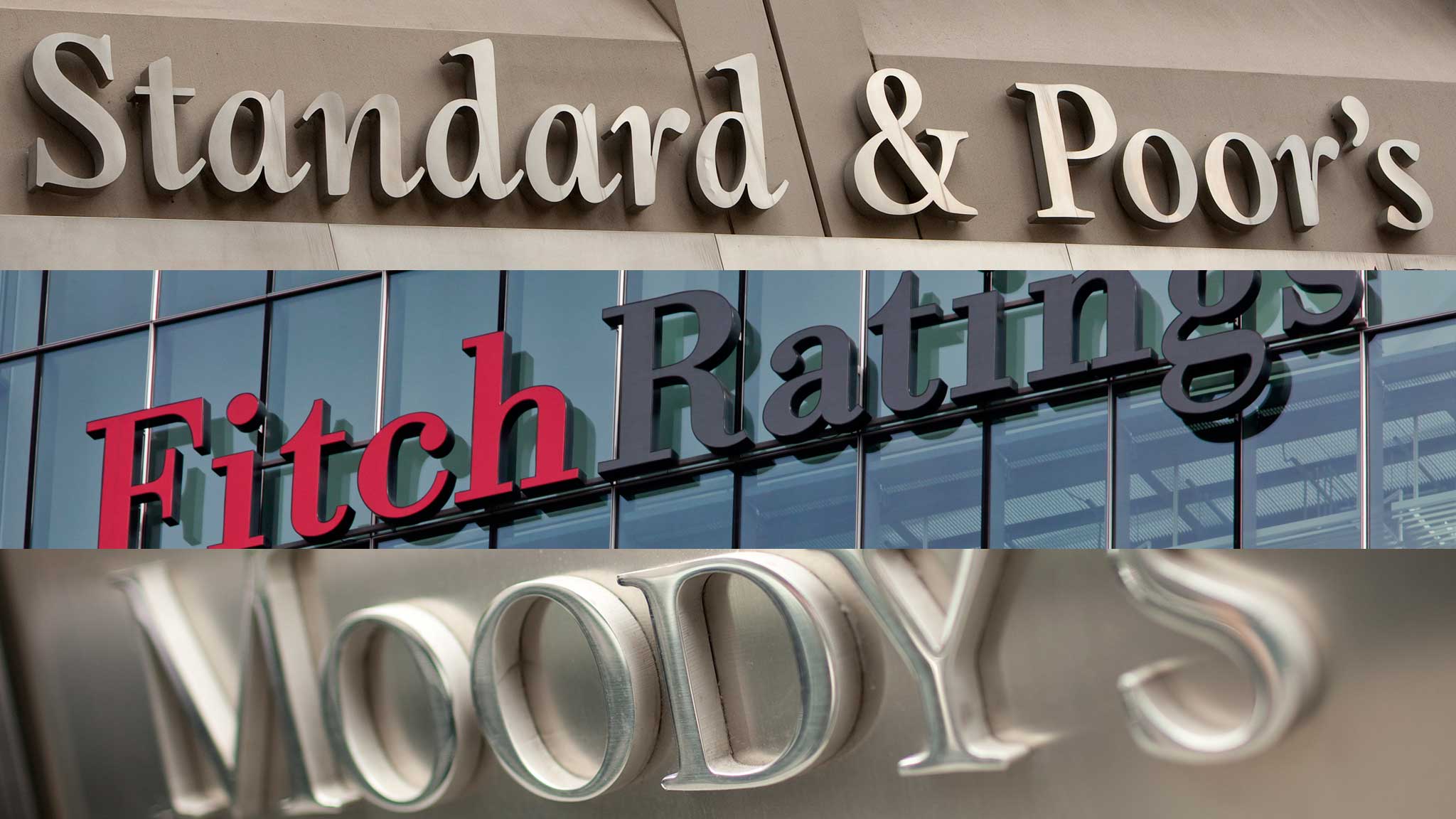The “Big 3” credit rating agencies—Moody’s, Standard & Poor’s (S&P), and Fitch—play a crucial role in the financial markets by evaluating the creditworthiness of issuers of debt securities, including corporate bonds. Despite their influence, these agencies have made notable mistakes, especially in the evaluation of investment-grade credit ratings. Here are ten significant missteps often associated with these agencies:
Overreliance on Issuer-Paid Models: One of the primary criticisms is the potential conflict of interest, as these agencies are paid by the entities they rate. This model can lead to inflated ratings because the agencies might be incentivized to give favorable ratings to retain clients.
Failure to Anticipate Market Downturns: During the 2008 financial crisis, the agencies were criticized for their failure to anticipate the collapse of the mortgage-backed securities market. Many securities rated as investment-grade defaulted, leading to massive financial losses.
Lack of Transparency in Rating Methodologies: The agencies have been criticized for not being transparent enough about how they arrive at their ratings. This lack of clarity can make it difficult for investors to understand the risks fully.
Inadequate Response to Changes in Financial Health: Sometimes, there’s a lag in downgrading companies that have experienced a significant deterioration in financial health. This delay can mislead investors about the current state of a company’s creditworthiness.
Overemphasis on Short-term Metrics: Critics argue that the Big 3 sometimes focus too much on short-term financial metrics at the expense of long-term sustainability and growth prospects, potentially overlooking systemic risks.
Homogenization of Ratings: There’s a tendency to cluster a large number of issuers within certain rating categories, which can diminish the differentiation between the risk profiles of various companies.
Underestimating Geopolitical and Macro-economic Risks: At times, the Big 3 have been slow to incorporate the impact of geopolitical events or macro-economic shifts on a company’s creditworthiness, which can lead to outdated ratings.
Inconsistent Application of Criteria: There have been instances where it seems that different standards were applied to similar entities or situations, leading to perceptions of unfairness or bias.
Not Accounting for Environmental, Social, and Governance (ESG) Risks: Only recently have the agencies started to integrate ESG factors into their ratings. Previously, the lack of consideration for these risks might have resulted in overly optimistic ratings.
Cyclical Nature of Credit Ratings: The agencies’ ratings often follow the economic cycle, with downgrades en masse during downturns and upgrades during booms. This procyclical behavior can exacerbate economic volatility.
While the Big 3 agencies have taken steps to address these issues, such as improving transparency and incorporating ESG factors, these historical mistakes highlight the importance of investors conducting their due diligence and not relying solely on credit ratings for investment decisions.




